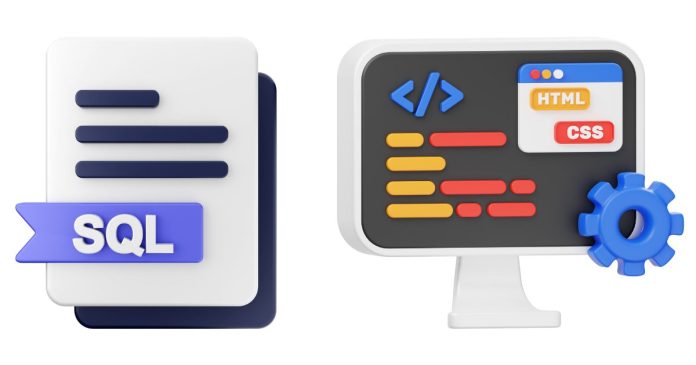The SQL UPDATE statement is used to modify the existing records in a table. It allows you to update one or more columns of a table based on a specific condition. It is a powerful command that can update data in any column of a database table, but it should be used carefully to avoid updating unintended rows.
Syntax of the SQL UPDATE Statement
UPDATE table_name
SET column1 = value1, column2 = value2, ...
WHERE condition;
table_name: The name of the table where the data needs to be updated.column1, column2, ...: The columns whose values need to be updated.value1, value2, ...: The new values that you want to assign to the respective columns.WHERE condition: The condition that determines which rows should be updated. If no condition is specified, all records in the table will be updated.
Example 1: Updating a Single Column
UPDATE employees
SET salary = 60000
WHERE employee_id = 5;
- This updates the salary column to 60000 for the employee with
employee_id = 5.
Example 2: Updating Multiple Columns
UPDATE employees
SET salary = 65000, department = 'HR'
WHERE employee_id = 5;
- This updates both the salary and department columns for the employee with
employee_id = 5.
Example 3: Updating Multiple Rows
UPDATE products
SET price = price * 1.1
WHERE category = 'Electronics';
- This increases the price by 10% for all products in the Electronics category.
Important Notes:
- WHERE Clause: Always use a
WHEREclause unless you intend to update every row in the table. Without aWHEREclause, all rows in the table will be updated, which can be dangerous and cause data loss. - Transaction Handling: If you’re working with important data, it is good practice to use transactions to ensure that updates can be rolled back if something goes wrong.
- Backup Data: Always back up your data before performing an
UPDATEoperation, especially when updating multiple rows or critical fields.
SQL UPDATE with JOIN (Advanced Usage)
You can also update records based on data from another table using a JOIN operation.
UPDATE employees e
JOIN departments d ON e.department_id = d.department_id
SET e.salary = e.salary * 1.05
WHERE d.department_name = 'Sales';
- This query increases the salary by 5% for all employees who work in the Sales department.
Conclusion
The UPDATE statement is an essential SQL command for modifying existing data in a database. When used correctly with proper conditions, it helps to keep data up-to-date. However, you should always be cautious when applying updates, especially when altering multiple rows, to prevent accidental data loss or errors.


